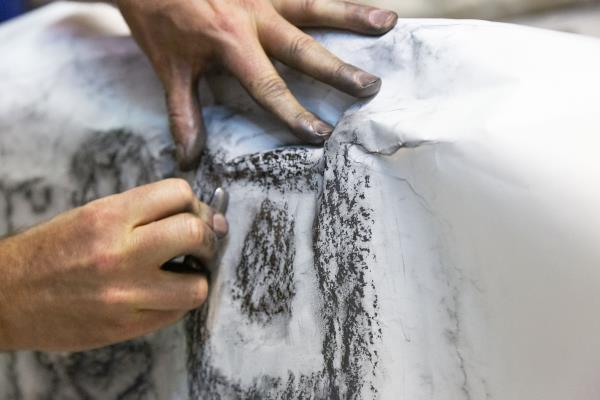The programme of the museum for 2021 is necessarily marked by the pandemic, which continues to affect all the fields of society one way or another, and also the way in which we relate with the people and carry out our activity. As follows, we present the exhibitions programme of the Museu Nacional d’Art de Catalunya for 2021. Two major themes that emerge from the collection have structured this year’s exhibition programme: the Civil War, art, conflict and memory, and Gaudí and the idea of the city.
The Civil War, art, conflict
The endless war. Antoni Campañà
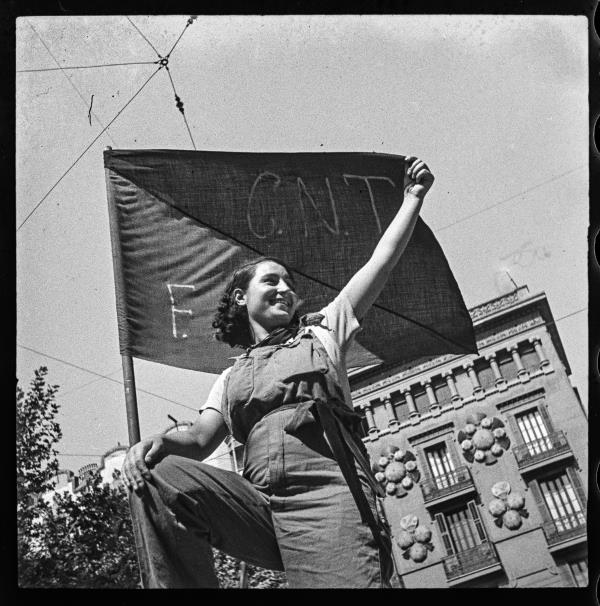
The endless war reveals the different facets of the work of the photographer Antoni Campañà (Arbúcies, 1906-Sant Cugat del Vallès, 1989), and places the focus on the photographs that he took during the Spanish Civil war, which the family fortuitously found in 2018.
Most of the pieces in the exhibition come from the collection of the artist’s family, which deposited 63 photographs from the pre-war pictorialist period in the museum. Some of these materials are also on display for the first time in the exhibition.
Seen in its entirety, Campañà’s work traces the 20th century in its complexity and contradictions. The exhibition reveals a tireless artist who tried to reach all corners of the world of photography.
You can see it in the museum until 18th July.
Interior flight. An installation by Francesc Torres
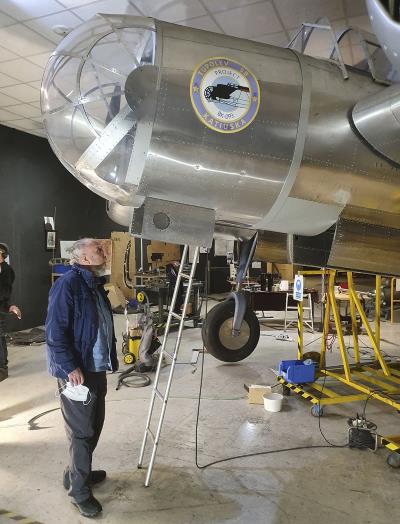
Interior flight is an installation by the artist Francesc Torres who will bring to the Sala Oval two 1:1 scale planes, replicas of two models of airplanes that took part in the Spanish Civil War.
Francesc Torres takes some coordinates even further that he has explored on other occasions, such as the ambiguity between art and non-art (camouflage paintings, non-artistic objects with an artistic aura, etc.) or the elimination of the dividing line between “exhibition”, “work” and “installation” formats.
It will take place from 1st June to 30th September.
Art in danger. Safeguarding the Catalan artistic heritage (1936-1939)
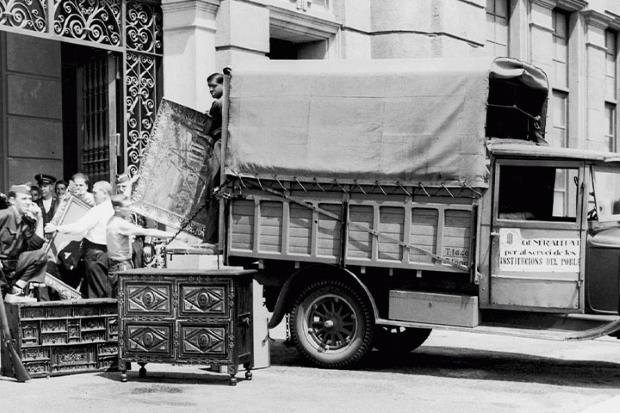
With this exhibition, the museum pays homage to the work of safeguarding and sorting out that the Generalitat de Catalunya undertook, urgently, in the summer of 1936, when the fascist uprising provoked an unprecedented explosion of revolutionary violence that affected the artistic and architectural heritage of the country. People such as Joan Subias, Joan Bardolet or Miquel Joseph i Mayol and, especially, Joaquim Folch i Torres, were leading figures at the time.
The exhibition is foreseen for summer 2021.
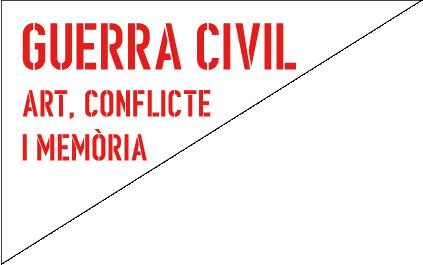
Based around this axis, the museum is preparing an ambitious programme of activities on art, conflict and memory, from June until the autumn, which you can discover through the website and the social networks.
Gaudí and the idea of the city
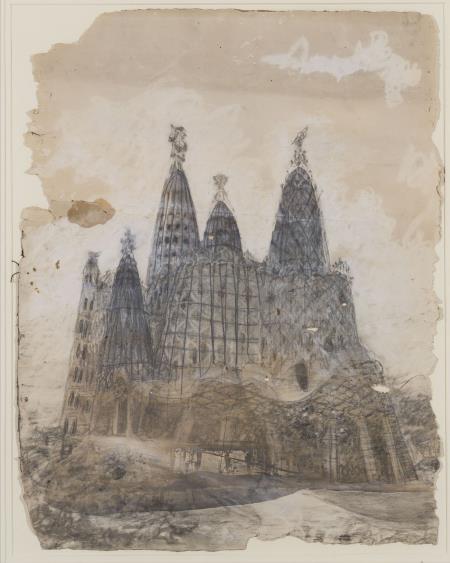
This project is a critical review of the work of the artist and architect, especially present in the collection. This is an exhibition that does not repeat the well-known clichés but takes a look at the highly complex Gaudí who produced his work in a multiple context.
Gaudí was not the isolated and misunderstood genius that a large part of his bibliography has given us to understand, but his work was developed in a specific artistic and architectural context, local and international, and within the framework of political, ideological and very specific aesthetic strategies.
The exhibition will take place from 30th September 2021 to 23rd January 2022.
Based around the idea of the city, the museum will be preparing a programme of activities for the autumn, which we will reveal on the website and social networks.
Other exhibitions
In addition to the exhibitions and activities based around these two main themes, the museum’s activity also includes two other exhibitions: The colours of fire. Hamada and Artigas, and Walls that speak. Modern life advertising. The origins of the artistic poster as a publicity claim, and a full programme of work with artists, under the umbrella Artists in the Museum.
The colours of fire. Hamada – Artigas
An exhibition that will provide a new approach to the artistic relations between Catalonia and Japan through ceramics based on the presentation of two major potters of the twentieth century: Josep Llorens Artigas (1892-1980) and Hamada Shōji (1894-1978), Japanese “Living National Treasure”. You can visit it from 3rd June to 12th September, 2021.
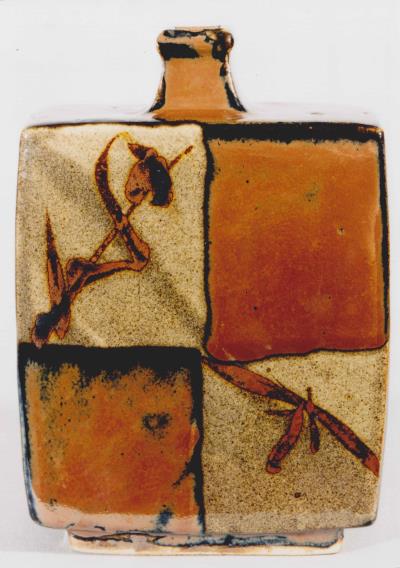
Walls that speak. Modern life advertising. The origins of the artistic poster as a publicity claim.
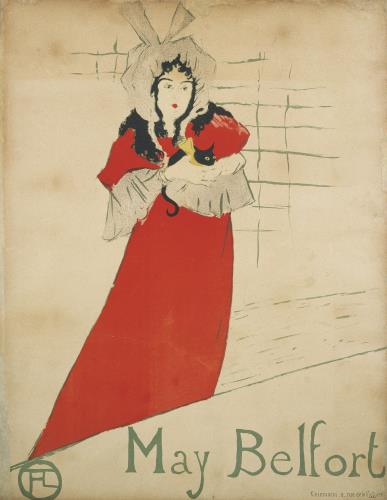
This exhibition is part of the line of exhibitions that have emerged from the collaboration between the Museu Nacional and the Fundació “la Caixa” and is an opportunity to discover the origins of the modern artistic poster as an object of art and, at the same time, as a reflection of the artistic, industrial, social and cultural modernity of Europe at the turn of the twentieth century.
The exhibition, which will be travelling for two years, and after Seville it can be seen in Catalonia, at the CaixaForum centres in Lleida, Tarragona and Girona, which will give visibility to a large number of unpublished productions and has allowed the restoration of some of the posters of the collection.
Artists in the museum
Work continues with contemporary artists who carry out specific projects in permanent dialogue with the museum, providing new interpretations of the collection.
Apart from Francesc Torres’ major installation in the Sala Oval, this year the artists Mabel Palacín, Francesca Llopis, Svantje Busshoff, Gino Rubert, Fito Conesa, Lúa Coderch or Antonio Ortega will be carrying out interventions or projects in different formats or spaces.
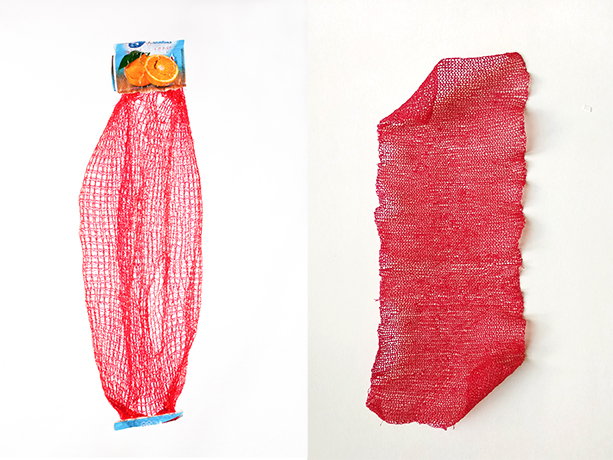
You can still visit…
Intrusive dialogues
Until 7th November, 2021, you can visit this exhibition, which proposes the inclusion in the museum’s rooms of a selection of nineteen works from the Fundació Suñol belonging to the second avant-garde. These works will enter into dialogue, by way of analogy or contrast, with historical works of medieval, renaissance, baroque, modernist art, etc.
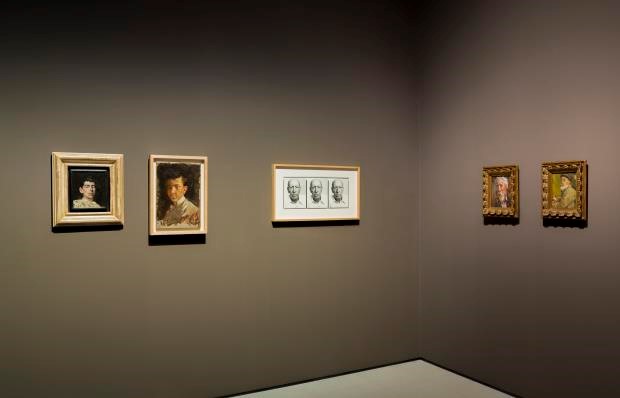
Knotting the Space. Aurèlia Muñoz Donation
The Museu Nacional has incorporated in its collection an outstanding set of works by Aurèlia Muñoz (Barcelona, 1926-2011) that allow us to grasp the diversity and originality of her techniques and the coherence and intensity of her poetry. You can visit this intervention in the modern art rooms until 18th April.
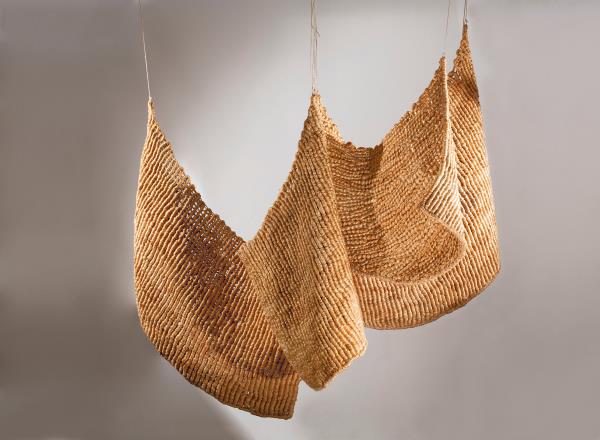
Son. Imprints and figurations in Valls d’Àneu. An intervention by Oriol Vilapuig
The artist Oriol Vilapuig, from contemporaneity, gives a renewed visibility to some imageries of the 11th and 12th centuries in this intervention that you can see until 5th April.
